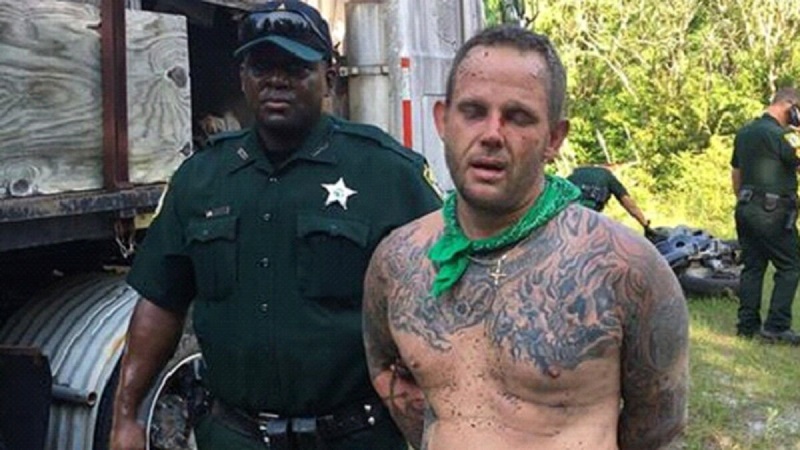

By Steve Pomper
When I was in the academy, our defensive tactics (DT) instructors taught us that every physical encounter with a suspect is an armed encounter. This is because on duty police officers are always armed. It’s critical for the public to understand this. My colleague at NPA, Chief Joel Shults, recently wrote an superb article about officers facing suspects armed with knives or other edged weapons. Too many people have been downplaying the danger cops face with edged weapons.
Chief Shults illuminates the issue by educating people who might argue, “he was only armed with a knife; the officer had a gun; that’s not fair.” It’s not supposed to be fair. An officer is allowed to use the reasonable force necessary to overcome the suspect’s resistance. Police critics keep lowering the bar for what type of incident “qualifies” for police using deadly force. First, the suspect didn’t pull the gun out. Then, the suspect didn’t point the gun at the officer. Finally, the suspect didn’t even shoot yet. And that’s for an officer facing a suspect armed with a firearm.
If that was the standard for suspects with guns, then what’s the standard for using deadly force against someone with a knife? Why didn’t you shoot him in the leg? Shooting under pressure is not like in Hollywood. Cops need to fire center mass to have the best chance to stop the threat. Even then, may suspects survive multiple wounds before they are incapacitated. Or, why didn’t you tase him? DT instructors don’t train officers to use tasers against suspects threatening officers with lethal force with a gun, knife, or another deadly weapon.
So, how can an officer have any chance of justifying using a firearm against an unarmed suspect? First, unless the person is naked, the officer cannot know for sure, until he or she searches the suspect, that the suspect is unarmed. Officers shouldn’t have to bet their lives that the suspect running toward them is unarmed. It’s not normal for an unarmed suspect to attack an armed police officer.
Is the attacking suspect planning to take the officer’s gun? And what do you think the suspect intends to do with that gun if he or she gets it? Most likely, use it on the officer. Also, cops have to consider the suspect may then use the gun on other innocent people or even other police officers.
Here is a tragic example of what has to be in the back of an officer’s mind when dealing with “unarmed” people. In 2002, Deputy Sheriff Richard Herzog responded to reports of a naked, unarmed man causing a disturbance in the roadway. Deputy Herzog arrived and attempted to take the unarmed man into custody. First, he deployed his pepper spray, against the resisting suspect, which did not affect the man.
The unarmed man then attacked the deputy (attacked an armed cop). During the struggle, the deputy’s gun fell to the ground. As the suspect went to pick up the gun, the deputy retreated, attempting to put distance between him and the now armed suspect. The suspect shot Deputy Herzog, who collapsed to the ground, wounded. The suspect walked over to the deputy and killed him, shooting the cop ten more times.
When an “unarmed” suspect attacks an armed cop, it’s only prudent that any officer consider what that suspect intends to do if he or she gets the cop’s gun. That the suspect could use the officer’s gun to shoot the officer, and then shoot other people, must be a part of the equation. This is just one issue among so many people need to learn about what cops face in the real world—not the fantasy world in which so many cop-critics must believe police work.
As Chief Shults wrote, “We wish we could live without the reality of those decisions.” This is crucial, generally, because more cops could die without taking the reality of those decisions seriously.